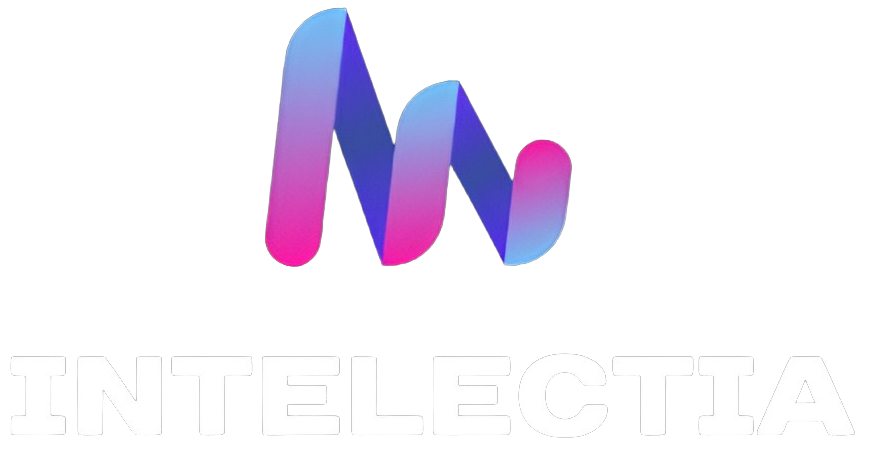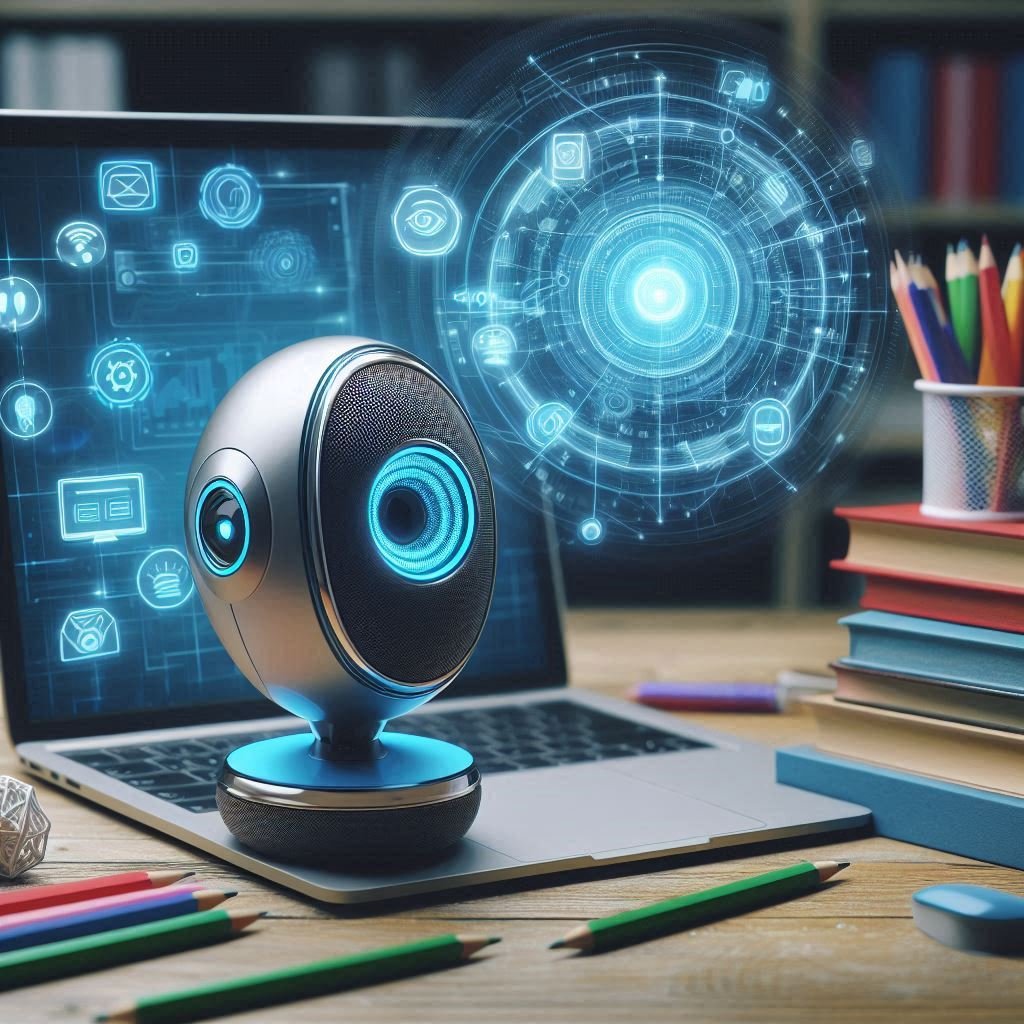Voice-to-text technology, also known as speech-to-text or voice recognition software, is rapidly transforming the educational landscape. By converting spoken words into written text, this technology provides numerous benefits that enhance learning, support students, and improve educational outcomes. In this article, we will explore what voice-to-text technology is, how it is used in education, and the significant benefits it offers.
What is Voice-to-Text?
Voice-to-text technology is a form of speech recognition software that translates spoken language into written text. This process involves sophisticated algorithms and machine learning models that analyze audio input, recognize speech patterns, and convert them into text. Here’s a brief overview of how it works:
Understanding Voice Recognition: At the heart of voice-to-text technology is speech recognition, which relies on machine learning and natural language processing (NLP). These systems capture audio through microphones, process the sound waves to detect spoken words, and then transcribe those words into text.
Text Transcription: The core function of voice-to-text technology is text transcription. This involves taking the spoken language and converting it into a readable format. Advanced systems can handle various accents, dialects, and background noises to ensure accurate transcription.
Educational Technology Integration: In education, voice-to-text technology is integrated into various classroom tools and educational technology platforms to facilitate digital note-taking, real-time transcription, and interactive learning.
Use of Voice-to-Text Transcription in Education
Voice-to-text transcription is increasingly being used in educational settings to enhance teaching and learning experiences. Here’s how this technology is applied:
- Real-Time Transcription: One of the most impactful uses of voice-to-text technology in education is real-time transcription. Teachers can use this technology to transcribe lectures and classroom discussions as they happen. This provides students with immediate access to written records of spoken content, making it easier to review and study later.
- Digital Note-Taking: Students benefit from digital note-taking tools that allow them to convert their spoken thoughts into text quickly. This is particularly useful during lectures or study sessions where writing by hand can be time-consuming and may distract from active listening and participation.
- Educational Applications: Voice-to-text transcription is integrated into various educational applications and platforms. These tools enhance learning enhancement by providing accurate transcriptions of classroom content, creating study materials, and facilitating personalized learning experiences.
Benefits of Using Voice-to-Text Transcription in Education
The benefits of voice-to-text transcription in education are vast, ranging from improved accessibility to enhanced academic performance. Here’s a detailed look at how this technology positively impacts the educational environment:
- Enhanced Accessibility: One of the most significant advantages of voice-to-text technology is its contribution to inclusive education. By providing written versions of spoken content, this technology supports students with disabilities, such as those with hearing impairments or learning disabilities. It ensures that all students have equal access to educational materials and classroom discussions, fostering a more equitable learning environment.
- Improved Learning Efficiency: Time-saving technology like voice-to-text transcription helps students and teachers streamline their workflow. Automated transcription of lectures and discussions reduces the time spent on manual note-taking and allows students to focus more on understanding the material. This increased efficiency leads to better academic performance and a more engaging learning experience.
- Support for Diverse Learning Needs: Voice-to-text transcription offers student support by catering to various learning styles and needs. For example, students who struggle with traditional note-taking can use voice-to-text tools to capture and review lecture content. Additionally, this technology aids in personalized learning, allowing students to engage with the material in ways that suit their individual preferences.
- Enhanced Classroom Learning: Integrating voice-to-text technology into classroom tools enhances the overall learning experience. By providing real-time transcriptions and digital notes, students can better track their learning progress and revisit important information. This results in a deeper understanding of the subject matter and improved educational outcomes.
- Increased Engagement and Participation: Voice-to-text technology can also increase student engagement by allowing students to focus on actively participating in classroom discussions rather than struggling with note-taking. The ability to access accurate and comprehensive transcriptions of classroom content helps students stay engaged and involved in their learning.
- Efficient Study and Review: With the availability of digital note-taking and transcribed content, students can easily create study guides and review materials. This efficient approach to studying not only saves time but also enhances learning enhancement by providing organized and readily accessible information for exam preparation and class assignments.
In conclusion, Voice-to-text technology is revolutionizing education by enhancing accessibility, improving learning efficiency, and supporting diverse learning needs. Its applications in real-time transcription, digital note-taking, and educational technology integration provide significant benefits to both students and educators. By leveraging this technology, educational institutions can create more inclusive and effective learning environments, ultimately leading to better academic performance and a richer educational experience for all students.
As voice-to-text technology continues to evolve, its role in education will likely expand, offering even more opportunities to enhance teaching and learning processes. Embracing this technology can help educators and students achieve their educational goals more efficiently and effectively.
Do you want to implement a smart voice processing system based on Artificial Intelligence?
At Intelectia we can offer you the security of having an Intelligent Voice Processing system so that your company can improve its quality of work.
On the other hand, we also offer Intelligent Document Processing with OCR services for all types of companies.
Do not hesitate to contact us, or book a meeting and we will help you in everything that is in our hands.

